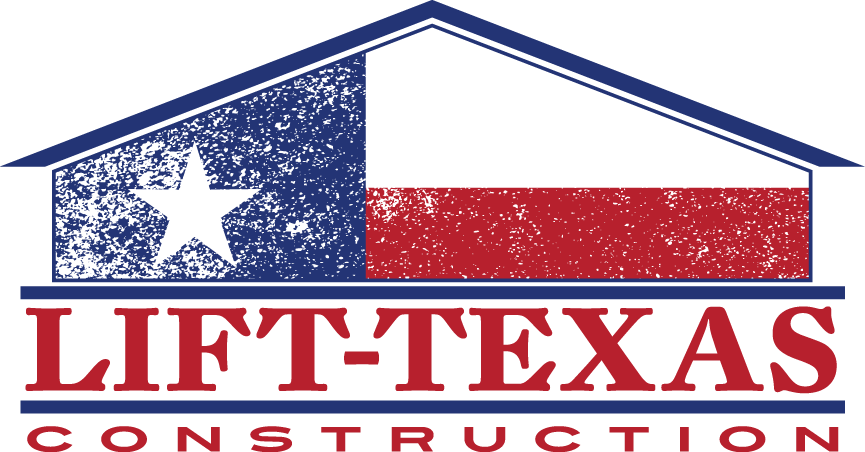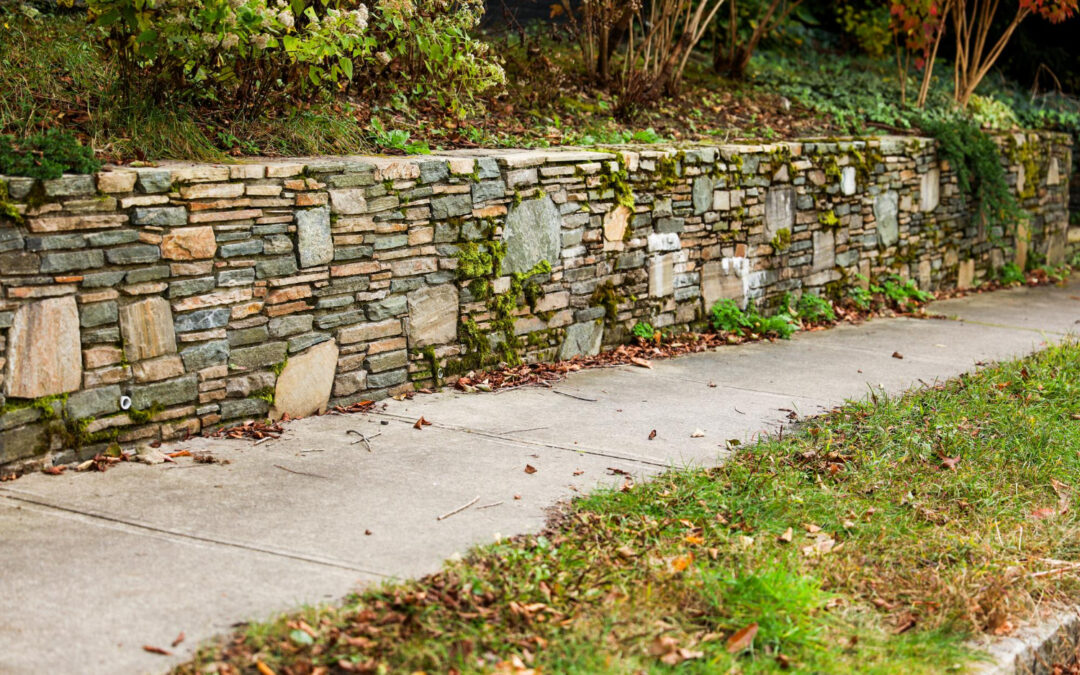Retaining walls stand as silent guardians for properties located on slopes. These structures play a crucial role in managing the natural flow of water and earth, helping to prevent erosion and maintain land stability. For homes and businesses situated on uneven terrain, retaining walls provide essential support and peace of mind. They’re particularly useful in areas like DFW, where unique soil conditions and varying weather patterns can pose challenges for property maintenance.
Properties on slopes often face issues that a flat landscape may never encounter. When rain pours down on an inclined property, the water has a natural tendency to rush downhill, potentially eroding the soil and compromising the land’s stability. This can lead to foundation problems, compromised structures, and even the loss of valuable yard space. Retaining walls address these issues, providing a structured method to combat soil erosion while also adding aesthetic appeal to the landscape.
Assessing the Need for a Retaining Wall
Determining whether your property requires a retaining wall involves observing several signs. Keep an eye out for sloped areas where soil appears to be shifting or where water frequently pools. These are often indicators that a retaining wall might be needed. Properties experiencing unusual settling or visible cracks in the landscape can benefit from the support and stability a retaining wall offers.
The risks of ignoring these signs are significant. Failure to address soil movement can lead to severe land erosion, which not only damages the property but can also pose risks to the building’s foundation. This is especially true in DFW, where shifts in the soil are common due to the clay-rich earth that expands and contracts with moisture changes. Ignoring these issues can result in costly repairs down the line—not to mention the impact on safety and property value.
When deciding whether to install a retaining wall, consider the following:
- Notice if your land has areas where water runoff creates paths or trails.
- Observe if your property has experienced soil loss or drastic slope changes after rainfall.
- Check for any signs of soil that’s moved downhill or accumulated in lower areas.
- Ask yourself if beautifying the backyard with a stable garden area would enhance your property.
Understanding these factors can help you make a more informed decision and ensure that your property remains safe and aesthetically pleasing. Retaining walls can provide the necessary support to keep land in place, making them a valuable addition to any sloped property.
Types of Retaining Wall Solutions
When it comes to retaining walls, selecting the right type for your property can make all the difference in effectiveness and durability. Let’s explore some popular solutions that are well-suited for properties on slopes.
- Gravity Retaining Walls: These walls rely on their massive weight to hold back soil. They’re typically made from concrete or stone, providing a sturdy and reliable structure. Gravity walls are ideal for smaller slopes where the weight of the wall is sufficient to counteract the lateral pressure of the soil.
- Cantilevered Retaining Walls: These consist of a slab and a base that form an “L” shape. The design uses leverage to keep the wall upright, with the weight of the soil on the base helping stabilize the structure. Cantilevered walls are useful for taller projects where a slimmer design is desirable.
- Anchored Retaining Walls: These involve adding cables or other materials anchored into the soil or rock behind the wall. Anchored walls provide additional support and are handy in spaces where traditional methods might not be enough, particularly in areas with higher soil pressure.
- Other Options: Sheet piling and bored piles can also be considered, especially in limited spaces or where deep soil stabilization is needed.
Each type of wall has its distinct advantages, so evaluating your particular needs can inform the best choice. Whether addressing aesthetic preferences or functional requirements, these solutions provide various options for managing a sloped property.
Construction and Maintenance Tips
Constructing a retaining wall involves several key steps to ensure it serves its purpose effectively. Here’s a basic rundown:
1. Plan and Design: Begin by assessing the property’s slope and soil type. Draft a blueprint that details the wall’s dimensions and material choices.
2. Excavation: Prepare the site by removing any existing vegetation and excavating the earth to create a stable base.
3. Building the Base: Lay a level foundation using gravel or crushed stone to promote drainage and support.
4. Constructing the Wall: Depending on the material, lay the stones or concrete in a staggered pattern, ensuring they’re level and secure every step of the way.
5. Backfilling and Drainage: After constructing the wall, backfill with gravel and install drainage pipes to prevent water buildup, which could compromise the wall’s integrity.
Maintenance is essential for any retaining wall to ensure it continues to function correctly. Regularly check for signs of erosion or damage. Address any drainage issues promptly to prevent water from weakening the structure. Professional assessments can also provide insights into the wall’s stability and necessary repairs.
Why Choose Professional Services
Opting for professional services ensures that your retaining wall is built to last and function properly. Experts have the experience and knowledge needed to address unique challenges posed by the terrain and soil types in areas like Arlington. Local expertise means being familiar with regional specifics that influence construction techniques, ensuring a smoother process and a solid outcome.
Engaging professionals to handle the project means gaining access to their expertise in design, material selection, and construction. They can recommend the best wall solutions for your property’s specific needs, adding both bolstering its safety and aesthetic value.
Securing Your Property’s Future with a Retaining Wall
Retaining walls do more than just hold back soil; they secure property integrity. By addressing potential erosion issues early, these structures help protect your land, maintain home safety, and improve your property’s beauty. They’re a wise investment for any property owner dealing with slopes, offering both peace of mind and an enhanced landscape.
Ensuring your property is equipped to handle the demands of its environment is a step toward long-lasting stability. Retaining walls fill this need, standing as a reliable solution for all owners experiencing the complexities of living on a slope. Whether you’re looking to safeguard foundational integrity or enhance outdoor appeal, a well-constructed retaining wall proves invaluable over time.
If you’re ready to enhance your property’s stability and aesthetics, consider working with Lift-Texas Construction for expert Arlington foundation repair. Our team ensures your retaining wall solutions are built to last and customized to handle local terrain challenges. Take the next step toward protecting your investment and creating a yard that looks great and functions even better.

